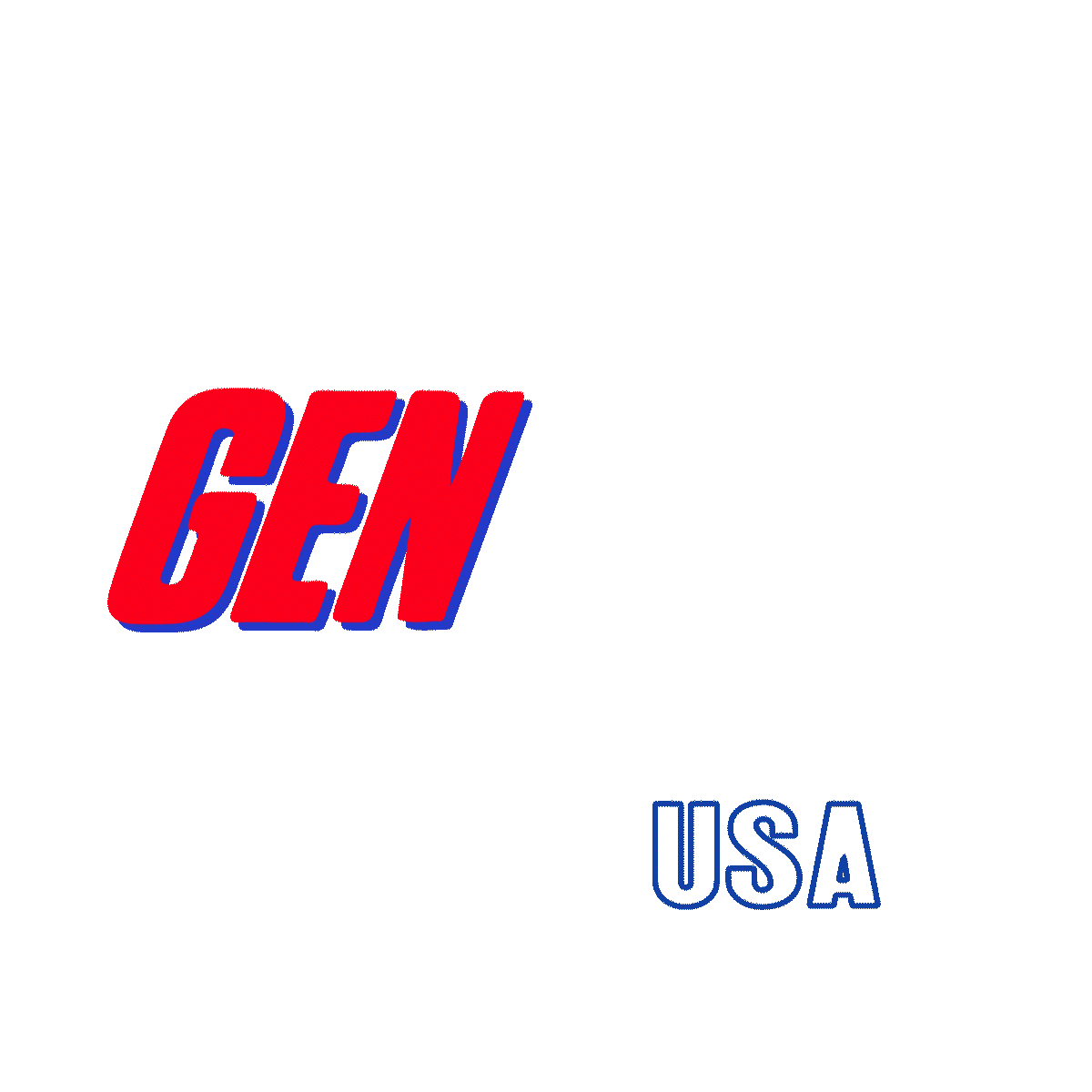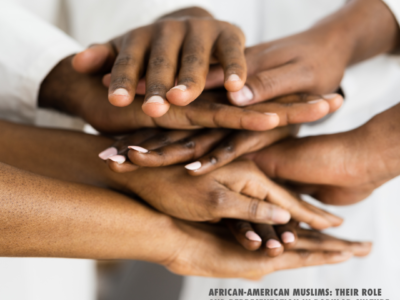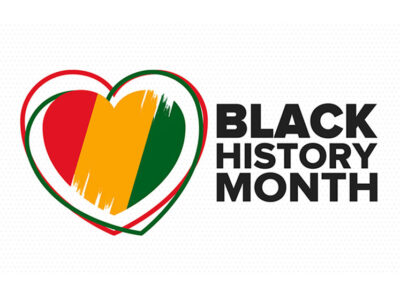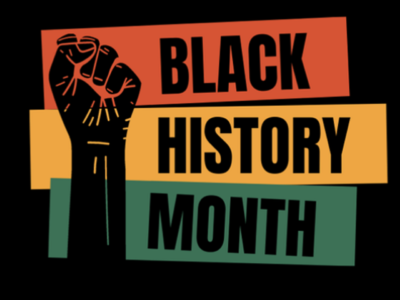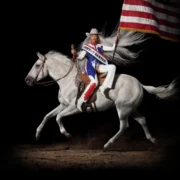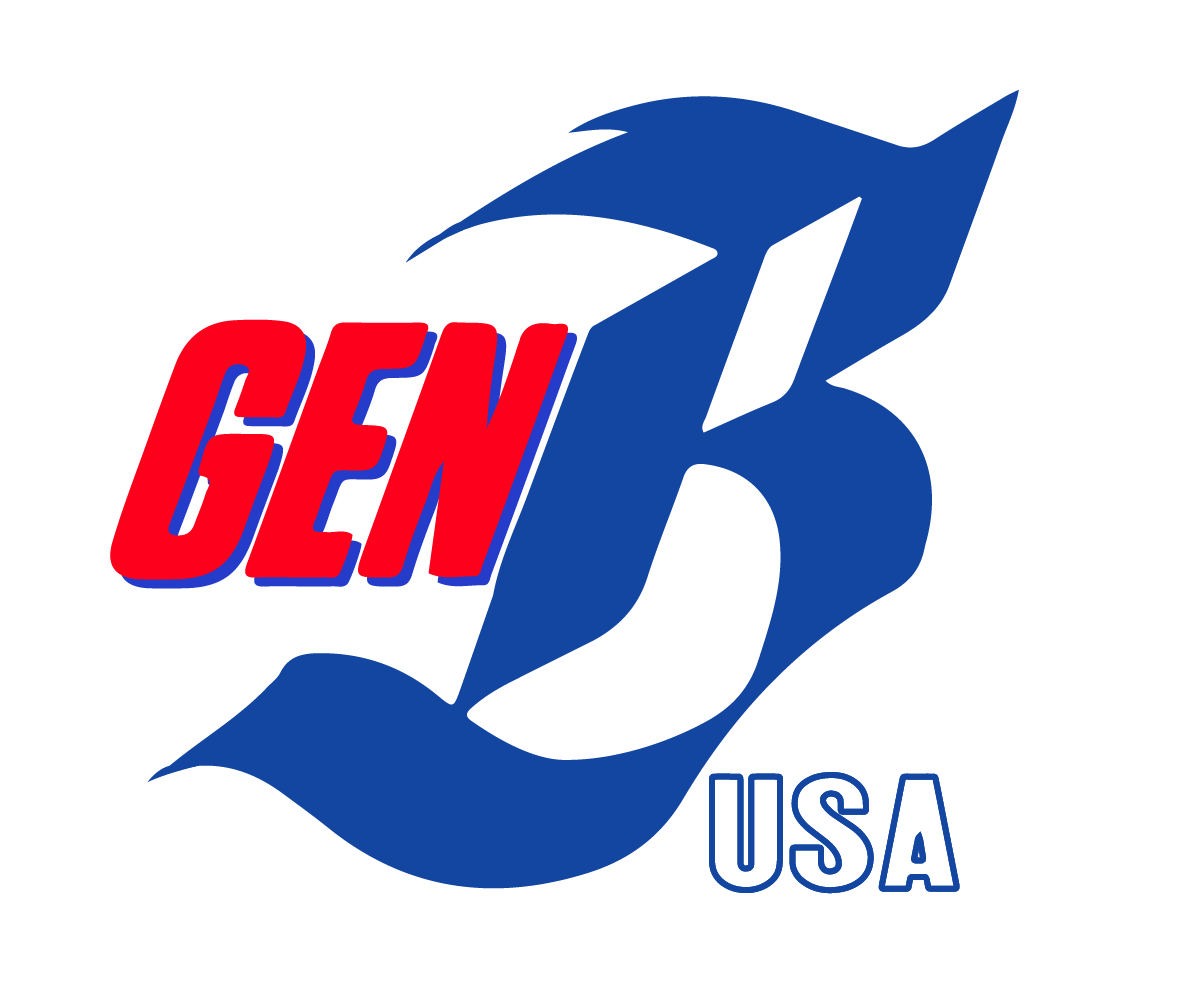Generation Black TV - Live
--- Main Blog Content Below ---
London’s Victoria & Albert Museum (V&A) has assembled a team of researchers to team up with officials in Bayeux, France, to work together on digitizing the Bayeux Tapestry.
Both artistic organizations have demonstrated their commitment By signing a memorandum of understanding. Their joint efforts aim to analyze, conserve and digitize the tapestry across photographic negatives.
The Bayeux Tapestry is currently displayed and preserved in Bayeux, Normandy, France, and there are few things confirmed about its origins.
It is a quintessential artwork of 11th-century Romanesque art, believed to have been commissioned by Bishop Ido, William the Conqueror’s half-brother.
The purpose of the Bayeux Tapestry would have been to decorate the newly-built cathedral in Bayeux in 1077.
The South Kensington museum sought to create a copy of the Bayeux Tapestry in 1869 through photos, so it could be added to its collection of replicas of iconic artworks.
This resulted in negotiation between the Mayor of Bayeux, M. Urbain-Abel Marc, and the museum’s first director, Henry Cole. Joseph Cundall, a Victorian photographer, was given permission to take photos of the Bayeux Tapestry in situ for the Science and Art department in 1872.
Cundall arranged for another photographer, Edward Dosetter, to go to Normandy in 1872 and make over 180 glass negatives for each section of the tapestry.
The work was difficult and required a revised quote by Cundall and Dosetter, which thankfully was approved and became the largest photographic panorama made in the 19th century.
In this project, the original glass plates from 1872 will be digitized and then uploaded to a unique digital database that’ll showcase the Bayeux as per the V&A’s official statement.
The glass negatives were printed using the Woodburytype, an ancient printing method where a layer of gel is exposed to the sun with a negative on top, causing it to harden.
The areas under the darker parts of the negative remain soluble and can be washed away, leaving a contoured mould placed on a sheet of lead and then squeezed.
It’ll create the impression from the mould, and then it can be used to create a metal plate that can be used to print in black and white.
The museum contacted Thomas Walter Wilson to Normandy to correct the colors on the printed photographs by hand, with the final replica exhibited at the International Exhibition of April 1873.
There were six full-size copies made by the Arundel Society, each hand-colored. The South Kensington Museum kept two, another divided into several sections, and each was sent to art schools in the country for lessons.
